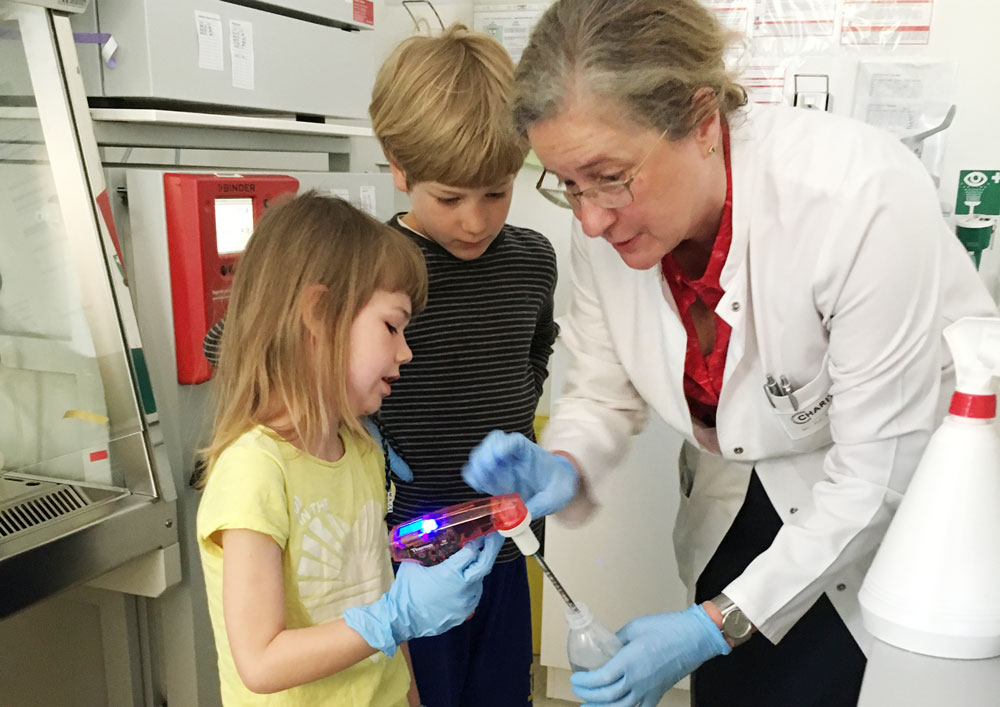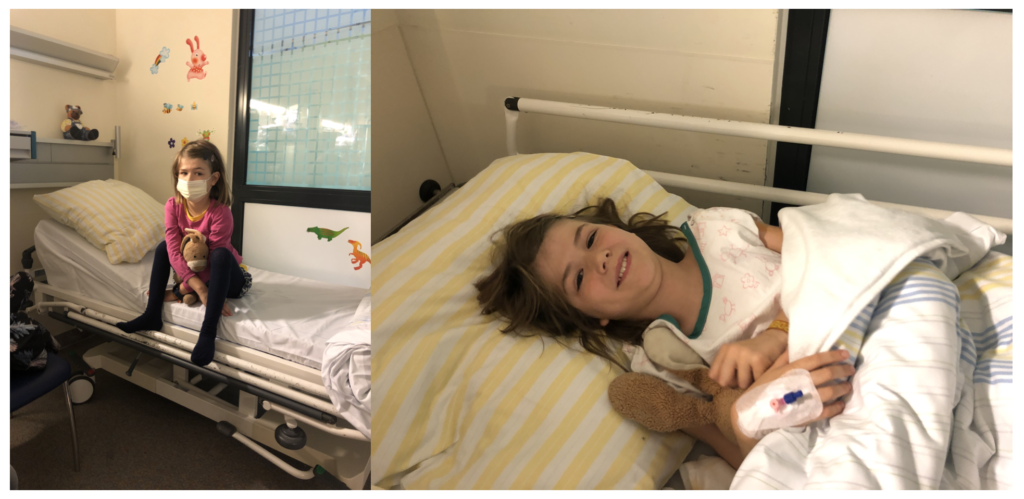Current research
Did you know that thanks to the latest developments in medical genetic engineering, some genetic diseases are treatable?
People with genetic sickle cell anemia now have the chance to live longer, carefree lives thanks to gene therapy tools.
Children with spinal muscular atrophy (SMA) can better maintain muscle strength and incredibly increase their independence thanks to gene therapy drugs. This has been the subject of recent debates about the allocation of these very expensive drugs and what life is worth to us as a society.
In 2012, genetic engineering experienced a major breakthrough with the discovery of CRISPR/Cas 9. CRISPR/Cas 9 is a method that creates targeted mutations at a predetermined location in the genome to obtain desired characteristics. The molecular biology tool is also known as gene scissors or gene surgery. The technique can be used to replace single base pairs in genetic material to correct a disease gene, for example. It can also be used to create a mutation at a predetermined site in the inheritance so that protein production from a particular gene is stopped, or to insert a gene at a specific site in the inheritance.
Although the technology is now available, each genetic disorder must be considered separately and more research is needed before therapy for laminopathies is possible.
Research approaches Laminopathies
Research interest in laminopathies is not particularly high, but is growing due to the great commitment of affected families and associations and also thanks to new technical possibilities.
Various research projects on laminopathies are underway worldwide. For example, under the direction of Dr. Gisèle Bonne in Paris. In Spain, Dr. Ignacio Pérez de Castro is one of the leading researchers.
In both research institutes the Spanish foundation “FUNDACIÓN ANDRÉS MARCIO” is involved.
In Italy, the Association A.I.D.M.E.D. is researching a therapy for Emery Dreyfuss.
The Max Delbrück Center in Berlin
At the Max Delbrück Center in Berlin, an institute of the Helmholtz Association and the Charité, Prof. Dr. Simone Spuler and her team have been working for a long time on the development of potential therapies for muscle diseases. The MDC is currently the greatest hope in Germany for a gene therapy for people with muscle diseases.
Maje in Berlin
In June 2019, we met Dr. Spuler and her team in Berlin. She gave us a tour of her institute and convinced us of her research approach and experience.
Therefore, we decided to fund a first LMNA project at the Max Delbrück Center with the donations we have received so far.
The results could give hope to many affected people to stop the disease!

Majes cells at Max Delbrück Center
What happened so far:
- Maje’s blood was collected at the beginning of 2020 ✅
- The blood cells were successfully converted into iPS cells ✅
- The cells have grown well ✅
- The novel and very flexible gene scissors “CBE SpRY” perfectly matched with her mutation (Asn456Asp , c.1366 A>G) ✅
- Laboratory experiments showed that the scissors were able to correct 80% of the mutation ✅
- The mRNA was made stable and the necessary lamin protein was produced ✅
But how does the experiment perform in Maje’s real muscle cells?
- In November 2021, the Charité removed muscle tissue from Maje’s upper arm ✅.
- The cells grew well ✅
- The mRNA molecule, which is what the scissors are supposed to smuggle into the cells, was specially made ✅
- Result in April 2022: The scissors also cut in places where they are not supposed to cut ❌
What now?
The experiments on primary muscle cells have shown that the gene scissors do not only cut where they are supposed to cut, but also in other places. This is called “off-target effects.” To a certain extent, these side effects are normal and often they have no impact on the organism. In some cases, however, they can lead to other diseases. Which would not solve the problem, but only shift it.
Giving up is not an option for us or for Ms. Spuler’s team. As long as there are other possibilities for gene editing, we have to try them. The team already has another gene scissor or gene picette in sight that they want to test out.
We stay tuned and do not give up hope to find an effective therapy for Maje and all the affected children!
How can I Help?
Research is expensive. Rare diseases in particular are less in focus when it comes to deciding on the allocation of research funds. In order to advance research independently of government decisions, we are collecting funds together with the German Muscular Dystrophy Aid (Deutsche Muskelschwundhilfe), which exclusively supports research projects in the field of LMNA mutations.
Every donation helps to win the battle against time!






